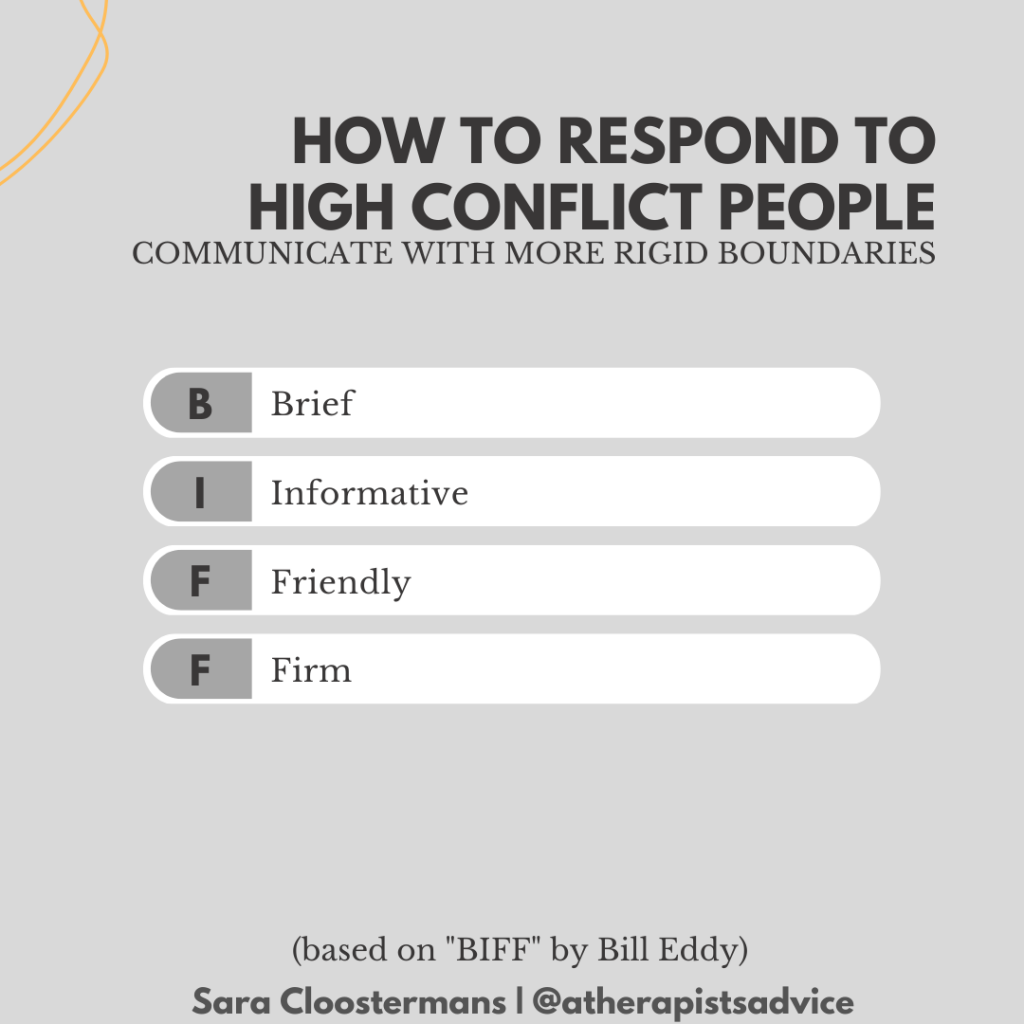There’s a lot of discussion on how to be vulnerable and why to be vulnerable, but an equally important conversation is who to be vulnerable with. The key to vulnerability doesn’t rest in showing every person you come in contact with your authentic, fully exposed thoughts and emotions.
None of us would let just anybody hold our baby, or house-sit, or have access to passwords or accounts. Why then would we hand over our most sacred and deeply personal feelings, experiences, traumas, grief, or even hopes and dreams to people who have not gained our trust?
“Vulnerability is based on mutuality and requires boundaries and trust. It’s not oversharing, it’s not purging, it’s not indiscriminate disclosure, and it’s not celebrity-style social media information dumps. Vulnerability is about sharing our feelings and our experiences with people who have earned the right to hear them.”
Brené Brown
On the surface level, it seems that it would be easy to pinpoint who to be vulnerable with. But in real life, the idea can turn gray. People like spouses, parents, siblings, and long-time “best” friends are not always the automatically safe people we want them to be. So who is safe to be vulnerable with?
How Do I Know Who To Be Vulnerable With?
I will give you the same response I give to my clients when they ask me this very same question:
“Imagine that you find yourself hanging on the edge of a cliff. Who do you want there with you?“
- Person A who you know, with almost 100% certainty, will pull you back up to safety.
- Person B who will probably pull you back up, but there is a small chance that they may leave you hanging—you are not quite sure because you have not had enough vulnerable experiences with person B yet.
- Person C who will most likely leave you hanging because that is what they have done in the past when you were hanging on the edge of a cliff—it was just a different cliff.
- Person D who will not just leave you hanging, but will push you off the edge of the cliff because that is what they have done before when you confided in them with some of your most difficult and painful thoughts and feelings— they made you feel worse than you were already feeling, and possibly added to the trauma that you were already experiencing.
One of my clients came up with a fifth option; she was referring to her mother:
- Person E who chooses to hang on to you while you are hanging on the edge of the cliff. That same person is willing to take the risk of falling to the ground with you, but rest assured that you will be used as a cushion when hitting the ground. Not only is it not safe to be vulnerable with this person, but you may also need to communicate with even more rigid boundaries than you normally would with questionable people. Keep “BIFF” in mind when you respond to them.

You now have 5 options.
I say you go with Person A (or practice with Person B).
Not Sure If You Should Be Vulnerable With Someone? … Practice
Share something vulnerable, but ultimately small in the scheme of things, with somebody and see what happens.
Do they ignore you? Do they “one-up” you or brush it off? Do they shame you?
Or.
Do they acknowledge you? Do they listen well? Do they hold space for you?
If it doesn’t go well, then they are not a safe person to be vulnerable with. That doesn’t mean they are a bad person or somebody who cannot be in your life, but it does mean you should not trust them with the depths of your mind and heart.
On the other hand, if it does go well, keep going. Talk about something a little more meaningful and allow them to do the same.
Remember: figuring out who to be vulnerable with doesn’t have to be a guessing game. You can check in with people and see if they felt comfortable with what you shared. If they don’t, it doesn’t mean they are a terrible friend—maybe your vulnerable truth hits too close to home, touching on something they are also going through or a wound that hasn’t healed yet.
Building trust in relationships like this takes time, but it is worth it. When you realize you have been truly seen without being hurt in the process, you get to experience a sense of real belonging and connection.
Yield2Yin
- Book Recommendation: Daring Greatly by Bréne Brown
- Mantra: I AM VULNERABILITY // repeat with diaphragmatic breathing
- Yin Yoga Asana: Frog Pose
This page includes Amazon Associate affiliate links, which means I may earn a small commission at no cost to you if you purchase a product I suggest. I only recommend products I believe in. Learn more HERE.







